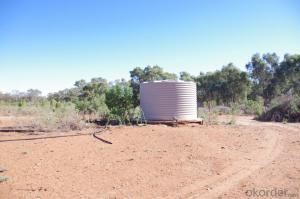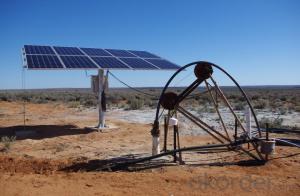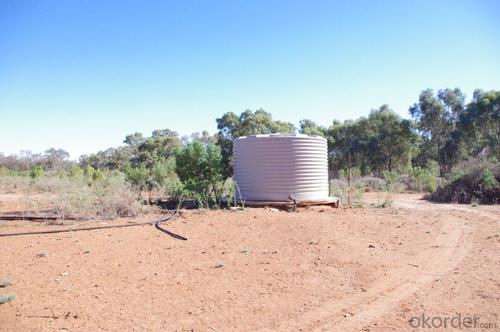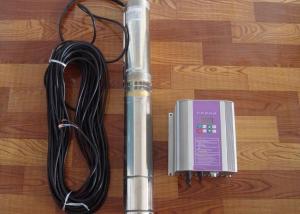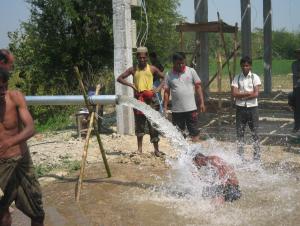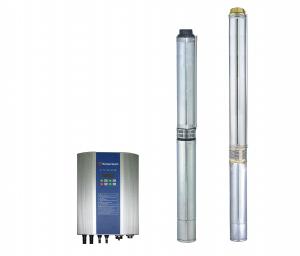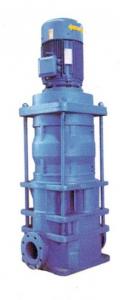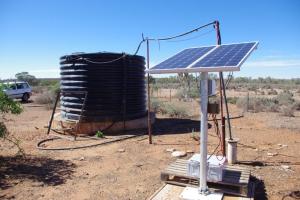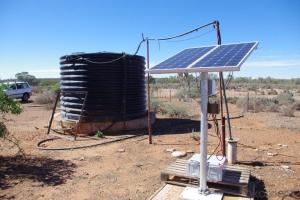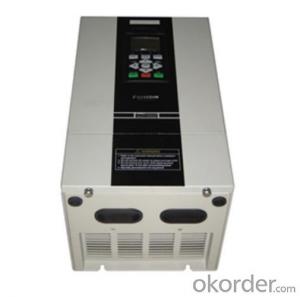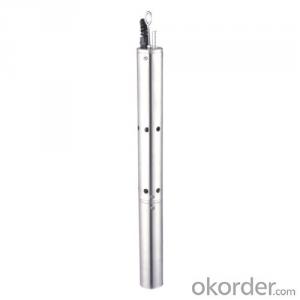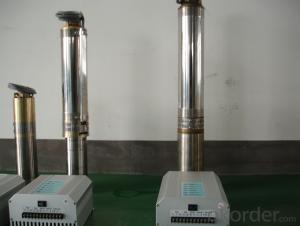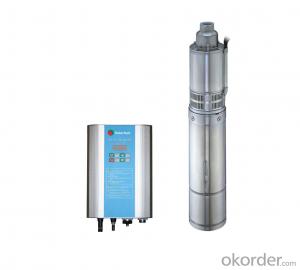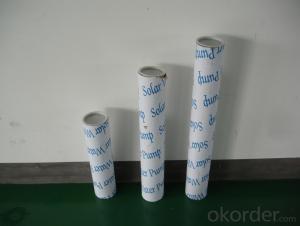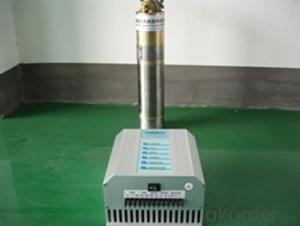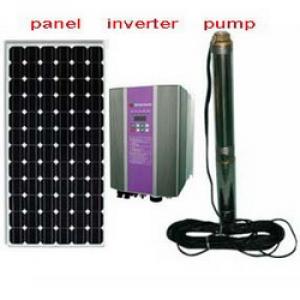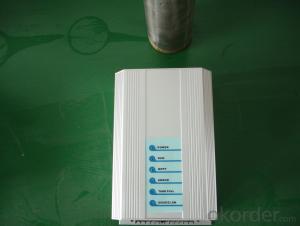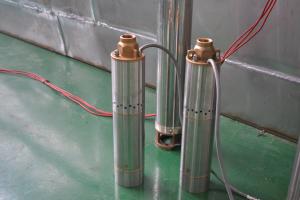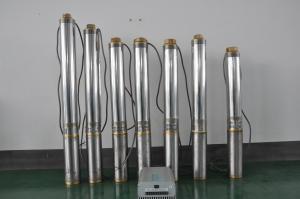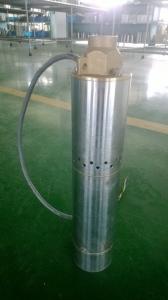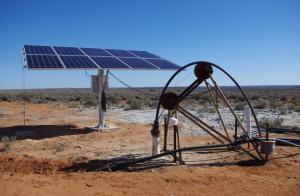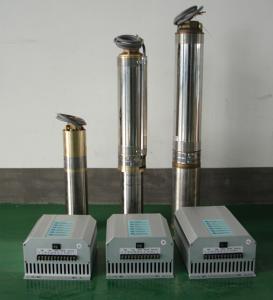DC Solar Drinking Water Pump with Solar Pump and Controller
- Loading Port:
- Shanghai
- Payment Terms:
- TT OR LC
- Min Order Qty:
- -
- Supply Capability:
- 300 set/month
OKorder Service Pledge
Quality Product, Order Online Tracking, Timely Delivery
OKorder Financial Service
Credit Rating, Credit Services, Credit Purchasing
You Might Also Like
how is the rotor made:
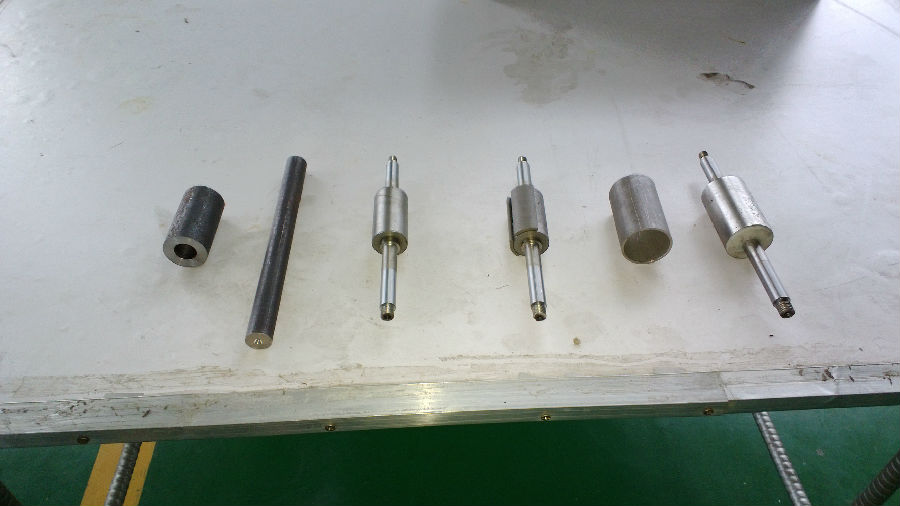
how is the motor made:
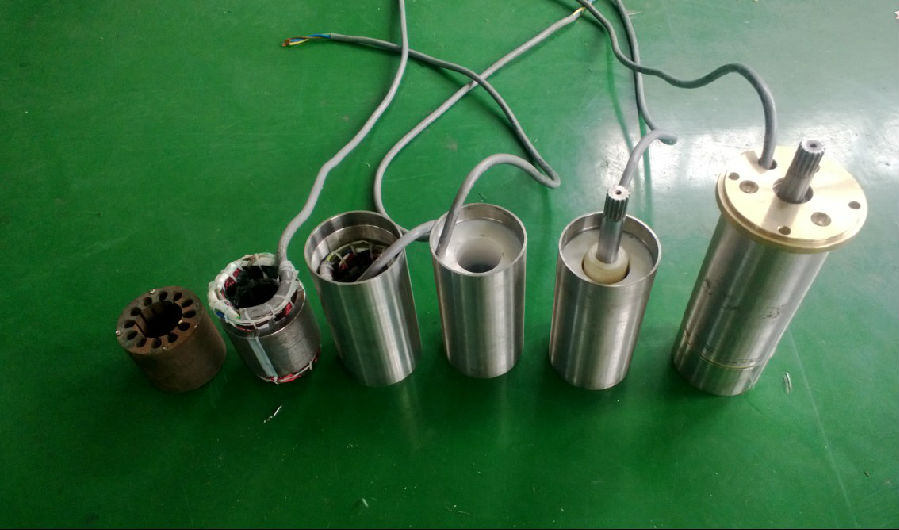
the pump :

controller terminal connection:
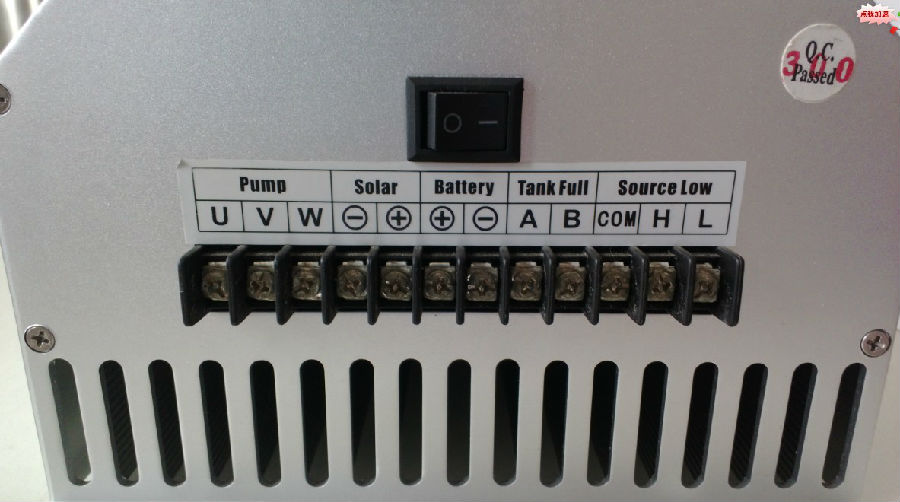
The permanent magnet:
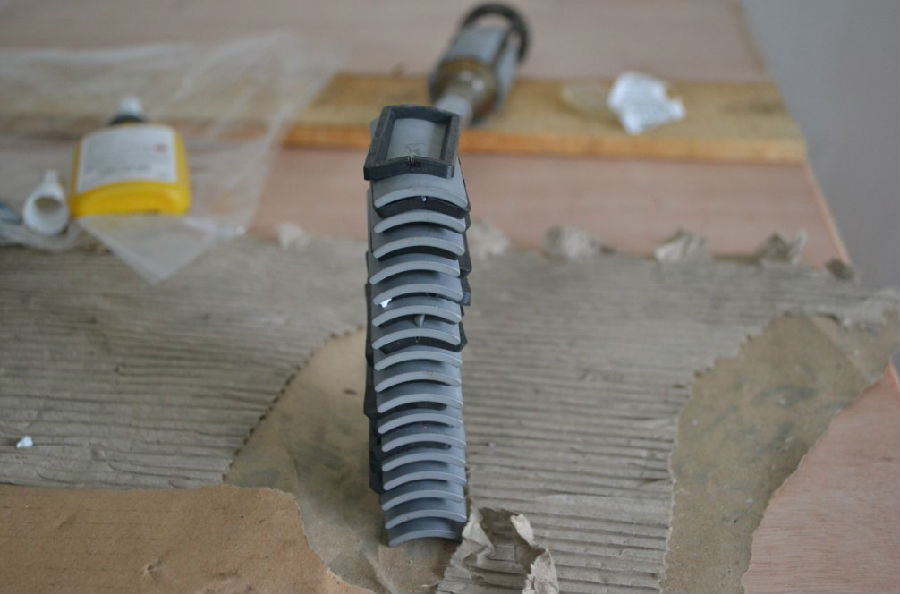
the impeller:
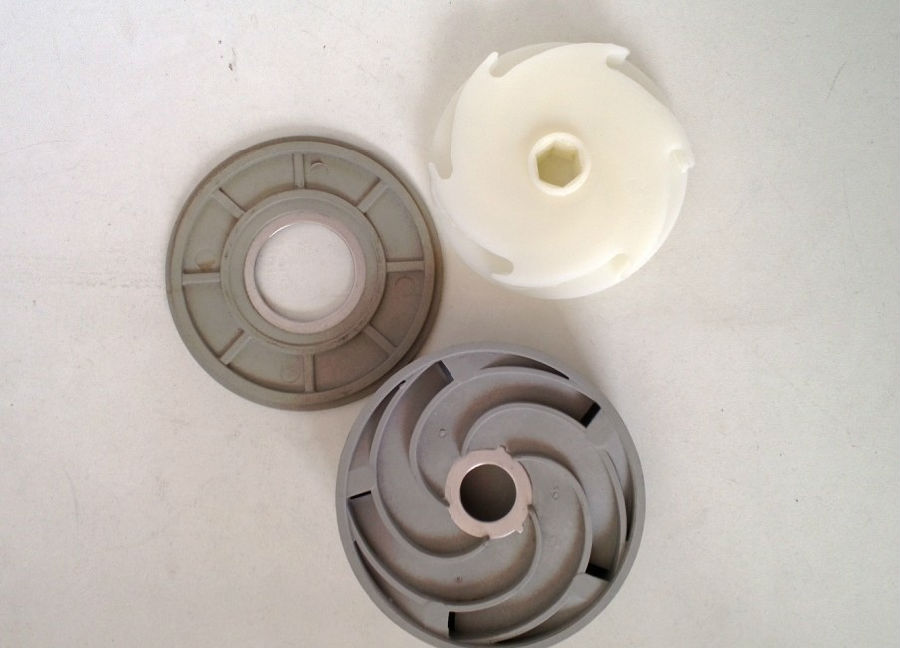

controller box:

the senors:

the test:
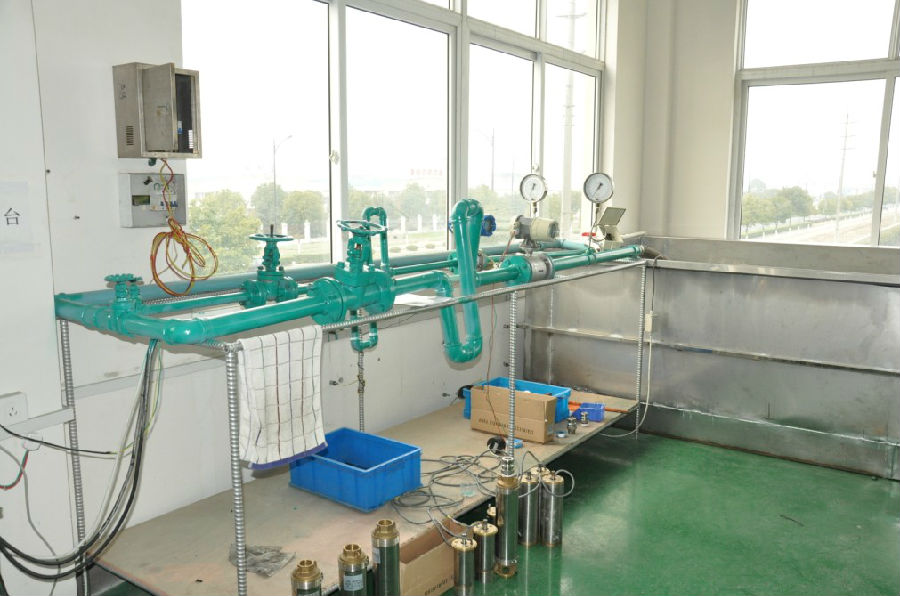
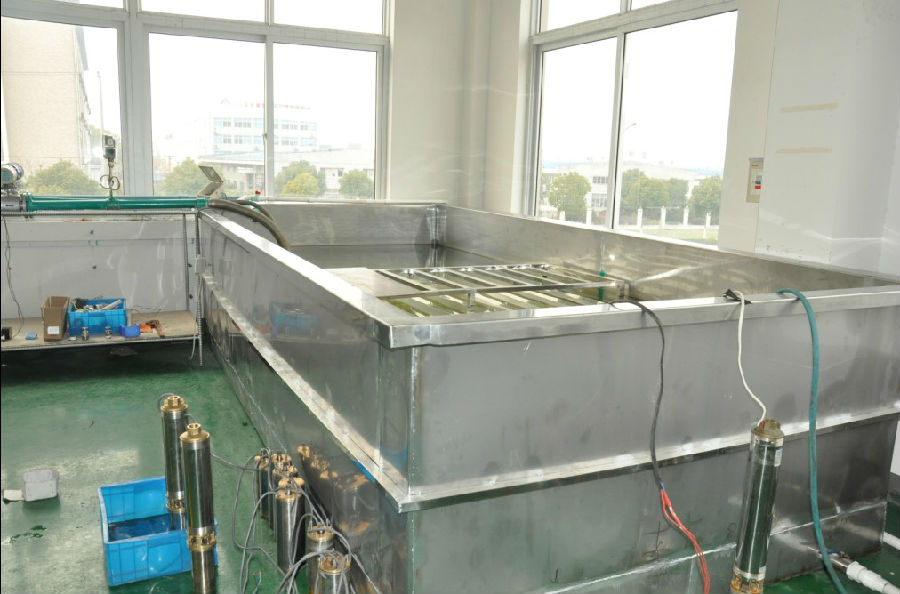
the application:
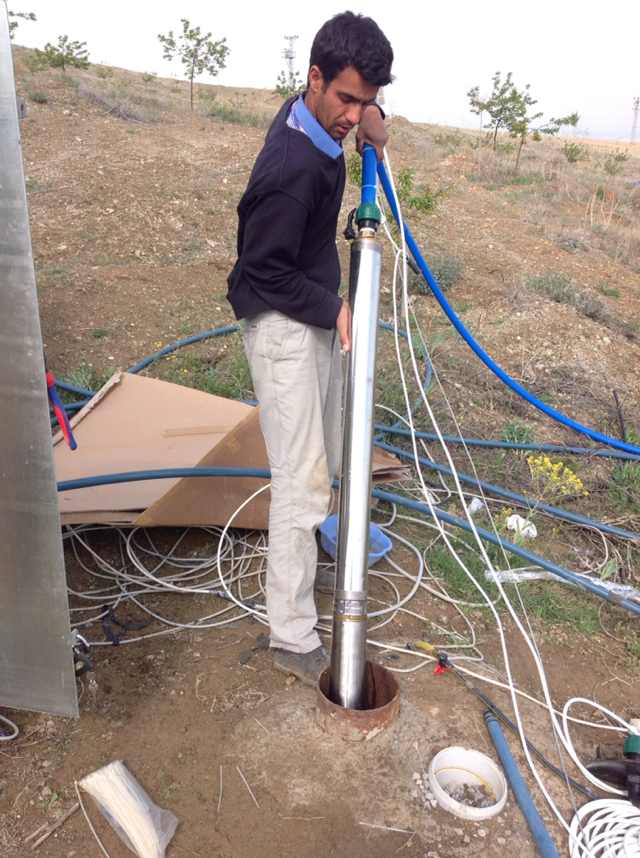
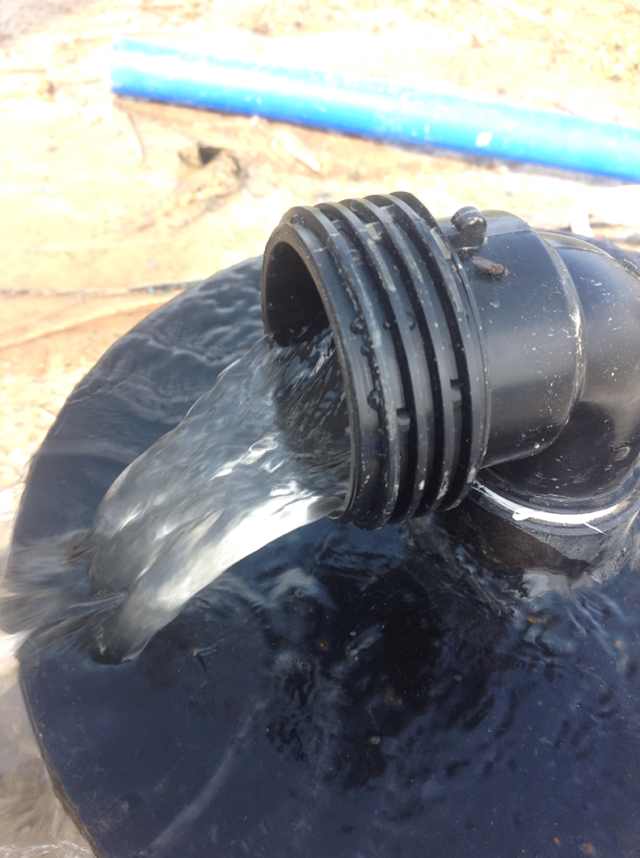
the package:
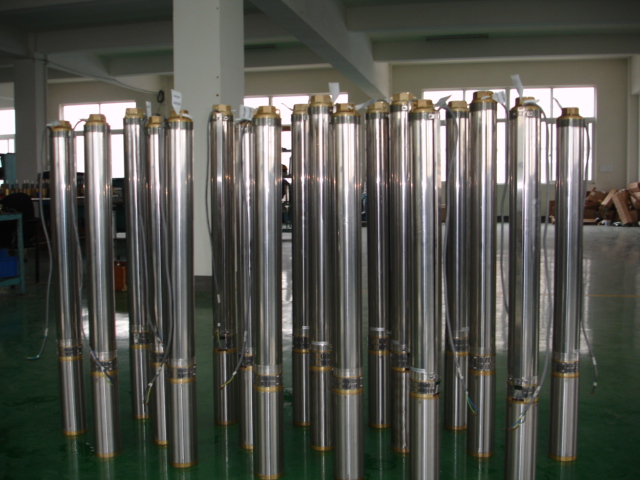
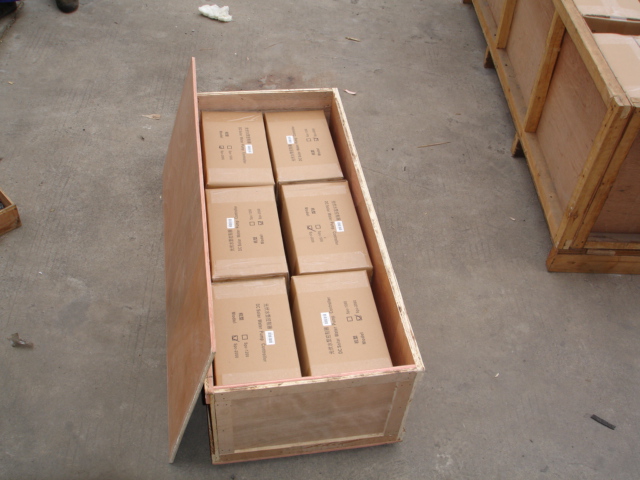


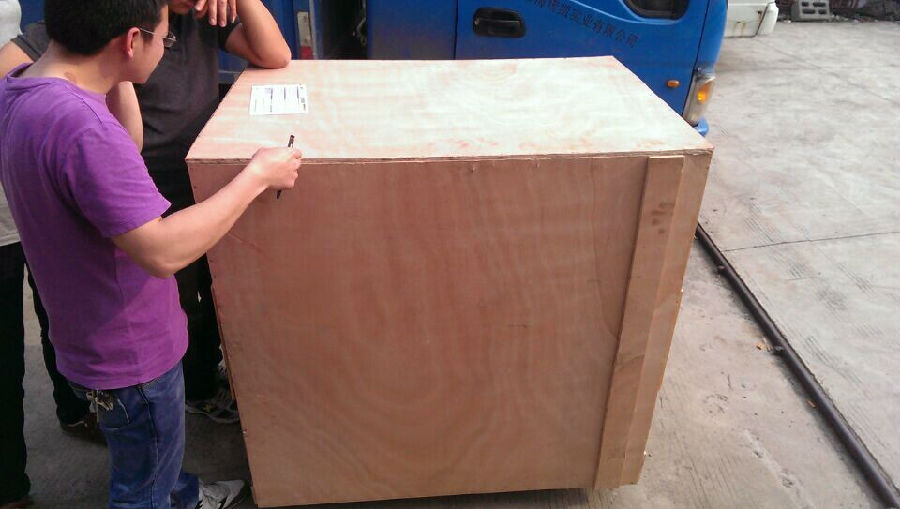
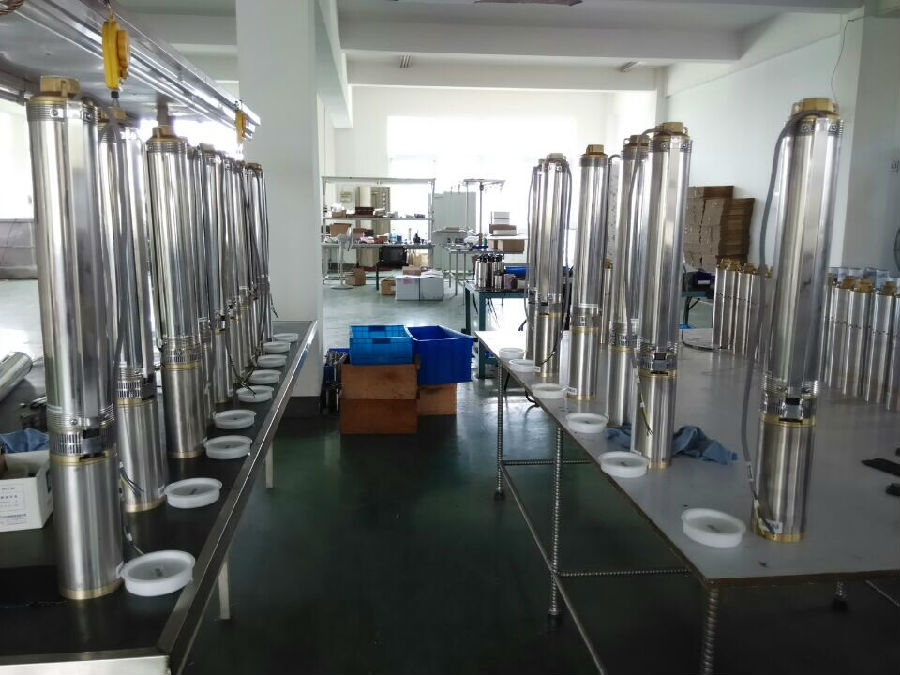
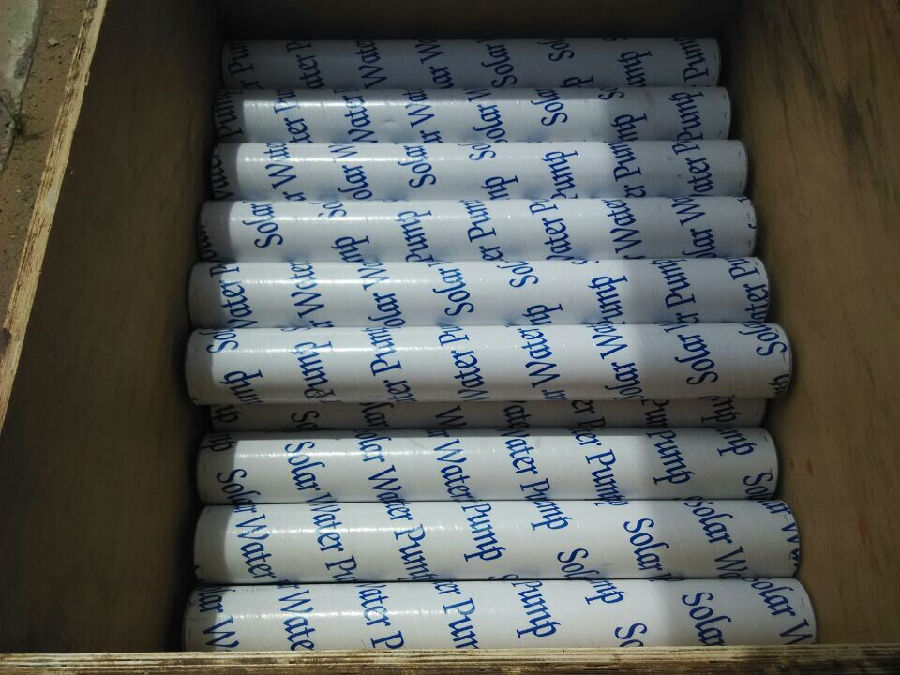
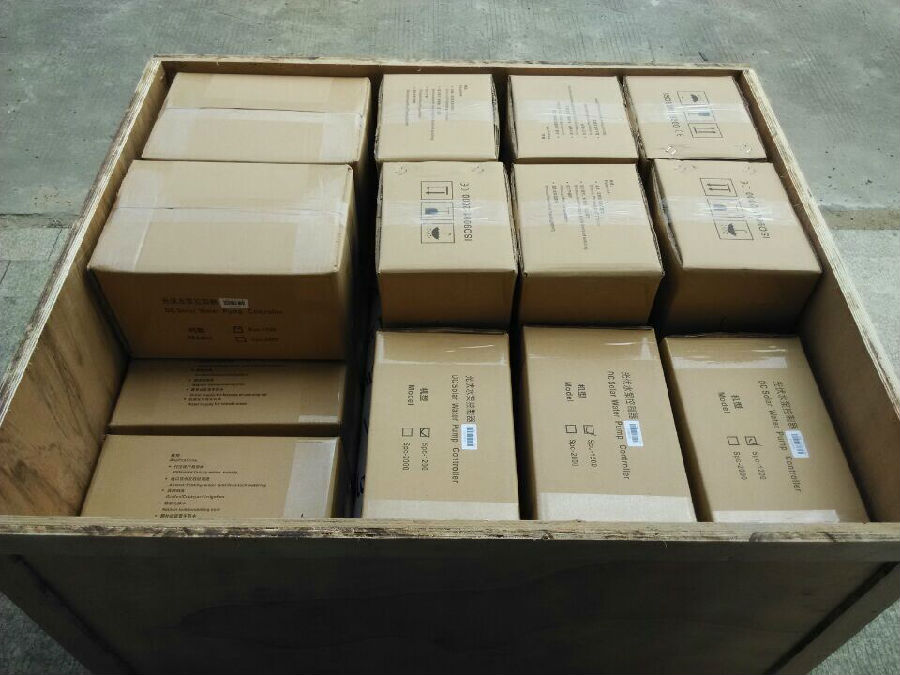
- Q: How does a solar pump handle airlock or priming issues?
- A solar pump typically handles airlock or priming issues by using a built-in air release valve or a venturi system. These mechanisms allow air to escape from the pump and the water flow to create a vacuum, thus priming the pump and removing any airlocks.
- Q: Are there any government incentives for using solar pumps?
- Yes, there are government incentives available for using solar pumps. These incentives vary by country and region but often include tax credits, grants, and subsidies to encourage the adoption of renewable energy technologies. These incentives aim to promote the use of solar pumps as a sustainable and environmentally friendly alternative to conventional pumps, ultimately helping to reduce energy costs and carbon emissions.
- Q: Are there any environmental benefits of using a solar pump?
- Using solar pumps has numerous environmental advantages. Firstly, these pumps rely solely on renewable energy from the sun, eliminating the need for fossil fuels and greatly reducing greenhouse gas emissions, air pollution, and dependence on non-renewable energy sources. This not only helps combat climate change but also improves air quality. Secondly, solar pumps operate without consuming any water or natural resources. They utilize solar panels to convert sunlight into electricity, enabling the pump to extract water from underground or surface sources. This sustainable approach to water pumping ensures the conservation of water resources, making them available for various other purposes like agriculture, sanitation, and drinking water. Moreover, solar pumps prove to be highly beneficial for irrigation in agriculture. By harnessing solar power for irrigation, farmers can decrease their reliance on non-renewable energy sources such as diesel generators or electric pumps. This leads to a substantial reduction in carbon emissions and encourages the adoption of sustainable agricultural practices. Furthermore, solar pumps are particularly advantageous in remote areas with limited or no access to electricity. In these locations, solar pumps not only provide a clean and dependable water source but also eliminate the need for expensive and environmentally harmful alternatives like diesel-powered generators or the transportation of fuel for traditional pumps. In conclusion, the utilization of solar pumps offers diverse environmental benefits, including the reduction of greenhouse gas emissions, air pollution, and water consumption. Additionally, solar pumps promote sustainable agriculture and provide clean water in remote areas.
- Q: How does a solar pump handle water with high levels of calcium or magnesium?
- A solar pump can handle water with high levels of calcium or magnesium by using a filtration system. The pump draws water from the source and passes it through a filter that removes impurities, including calcium and magnesium deposits. This ensures that the water pumped by the solar pump is of good quality and suitable for various applications.
- Q: How does the size of the solar pump motor affect its performance?
- The performance of the solar pump is significantly affected by the size of its motor. The motor size has a direct impact on both the power output and efficiency of the pump. When the motor is larger, it generally means that the power output is higher. As a result, there is an increased water flow and higher pressure. This is particularly important for situations that require pumping water over long distances or to higher elevations. With a larger motor, more force can be generated, allowing it to overcome friction and deliver water with greater speed and force. Furthermore, a larger motor has the capability to handle a higher workload and operate for longer periods without overheating. It can manage larger volumes of water and work more efficiently, thereby reducing energy consumption and improving the overall effectiveness of the solar pump system. Conversely, a smaller motor may have limitations in terms of power output and efficiency. It may struggle to provide sufficient water flow and pressure, especially for demanding applications. A smaller motor may also have a lower workload capacity, resulting in more frequent breakdowns and reduced longevity. Choosing the appropriate motor size is crucial and should align with the intended application and specific requirements of the solar pump system. Factors such as the desired water flow rate, required pressure, and the distance and elevation at which the water needs to be pumped are all essential considerations when determining the suitable motor size. To summarize, the performance of the solar pump is directly influenced by the size of its motor. A larger motor can offer higher power output, increased water flow, and improved efficiency, while a smaller motor may have limitations in these areas. Selecting the right motor size is essential to ensure optimal performance and reliability of the solar pump system.
- Q: Can solar pumps be used for water supply in hospitals or healthcare facilities?
- Yes, solar pumps can be used for water supply in hospitals or healthcare facilities. Solar pumps are a reliable and sustainable solution that can provide a continuous supply of water for various purposes like drinking, sanitation, and medical equipment sterilization. They are cost-effective, environmentally friendly, and can operate in remote areas with limited access to electricity, making them an ideal choice for healthcare facilities.
- Q: What is the lifespan of the solar panels used in a solar pump?
- The lifespan of solar panels used in a solar pump can vary but typically ranges from 25 to 30 years.
- Q: How long does it take to recoup the cost of a solar pump through energy savings?
- Various factors determine the length of time it takes to recover the cost of a solar pump through energy savings. These factors include the initial cost of the solar pump, the achieved energy savings, the cost of electricity in your area, and the pump's usage pattern. Typically, solar pumps have a higher upfront cost compared to traditional pumps. However, they offer significant energy savings over time by utilizing solar energy instead of grid electricity. Solar pumps generate their own power through photovoltaic panels, reducing or eliminating the need for electricity consumption. To calculate the payback period, you must determine the difference in energy costs between using a solar pump and a traditional pump. Subtract the annual energy cost of a traditional pump from the annual energy cost of a solar pump to calculate the annual energy savings. Then, divide the initial cost of the solar pump by the annual energy savings to determine the number of years required to recoup the cost. For instance, if a solar pump costs $5,000 initially and provides an annual energy savings of $1,000 compared to a traditional pump, the payback period would be 5 years ($5,000 / $1,000 = 5). This means that after 5 years of using the solar pump, the energy savings would have covered the initial cost. It's essential to note that these calculations are estimations, and the actual payback period may vary based on specific circumstances. Furthermore, there may be additional factors to consider, such as maintenance costs and potential government incentives or tax credits that can further decrease the payback period. Overall, investing in a solar pump can yield long-term energy savings and contribute to a more sustainable and environmentally friendly method of water pumping.
- Q: Can a solar pump be used in disaster relief efforts?
- Yes, a solar pump can be used in disaster relief efforts. When a disaster strikes, access to clean water becomes a crucial necessity. Traditional water pumps that rely on electricity or fuel may not be readily available or may have limited supply during such situations. Solar pumps, on the other hand, are powered by sunlight, making them a reliable and sustainable solution for water pumping in disaster-stricken areas. Solar pumps are self-sustaining and do not require any external fuel or electricity supply, which is particularly advantageous in disaster situations where power grids may be disrupted or non-existent. They are easy to install and can be quickly deployed to provide immediate access to clean water. Additionally, solar pumps are low maintenance, reducing the need for constant monitoring and servicing, which can be challenging in disaster-stricken regions. These pumps can be used to extract water from wells, rivers, or any other water sources, providing a lifeline for affected communities. They can be employed to supply drinking water, irrigate agricultural fields, or support sanitation efforts, thus addressing multiple needs during disaster relief operations. Moreover, solar pumps are environmentally friendly, emitting no greenhouse gases or pollutants. This sustainability aspect is crucial in disaster scenarios, as it helps minimize further damage to the already vulnerable environment and supports long-term recovery efforts. In summary, solar pumps offer an efficient, reliable, and sustainable solution for water pumping during disaster relief efforts. Their ability to operate independently of electricity grids or fuel supplies makes them an ideal choice to provide immediate access to clean water in disaster-stricken areas.
- Q: Can solar pumps be used for water supply in schools or public facilities?
- Yes, solar pumps can be used for water supply in schools or public facilities. Solar pumps are an efficient and sustainable solution for accessing clean water, especially in areas with limited or unreliable electricity supply. They can provide a reliable and cost-effective water supply for various applications, including drinking water, sanitation, and irrigation, making them suitable for schools and public facilities. Additionally, solar pumps require minimal maintenance and have a long lifespan, making them a viable option for sustainable water supply in these settings.
Send your message to us
DC Solar Drinking Water Pump with Solar Pump and Controller
- Loading Port:
- Shanghai
- Payment Terms:
- TT OR LC
- Min Order Qty:
- -
- Supply Capability:
- 300 set/month
OKorder Service Pledge
Quality Product, Order Online Tracking, Timely Delivery
OKorder Financial Service
Credit Rating, Credit Services, Credit Purchasing
Similar products
Hot products
Hot Searches
Related keywords
